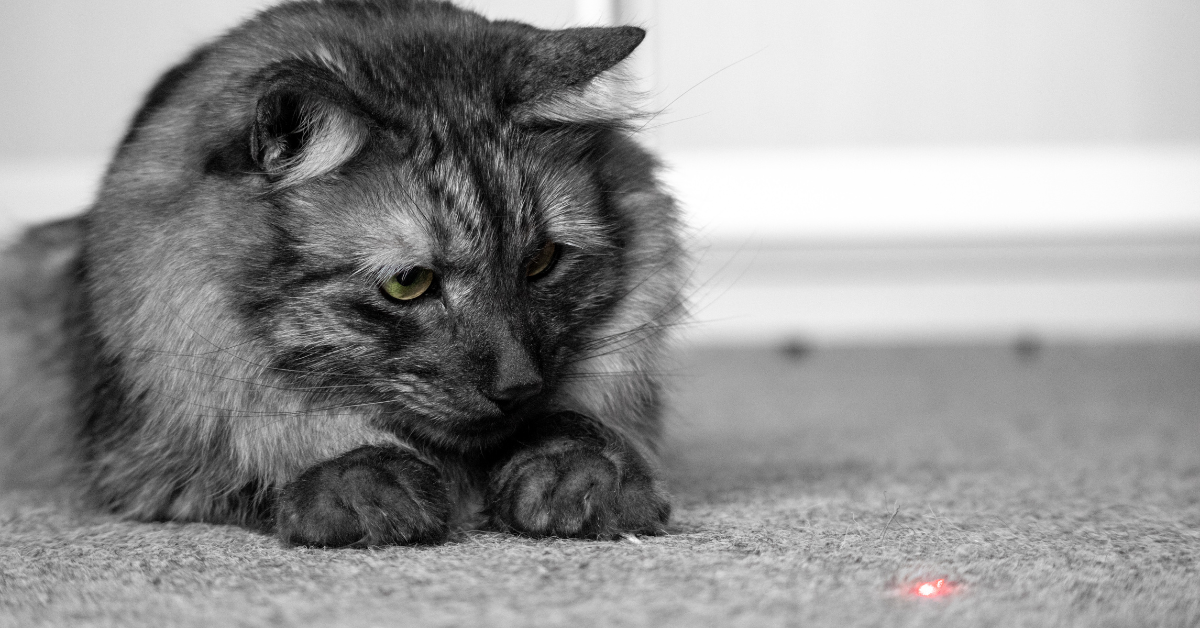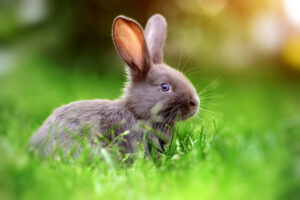
Before you gift, get the facts on rabbit care
With Easter around the corner, it’s important to remember that rabbit care is serious work. Rabbits are not toys. They are living animals that require a significant amount of attention, time, and love, in order to keep them happy and healthy. Unfortunately, not everyone understands that. In fact, studies tragically show that over 80% of rabbits bought as gifts for Easter are abandoned or die within a year.
All that said: please do not consider getting or gifting a rabbit unless you or the recipient is prepared to commit the time and energy to care for her. Just because they are small does not mean they have a short lifespan; rabbits and dogs have nearly the same average lifespan. However, if you’re ready to put in the time and work, you’re in for a treat, we’ll show you here how to care for a rabbit and give her a good life. Caring for rabbits is one of the most rewarding journeys that you, as a pet parent, can take.
In this short blog below, we’ll give you a crash course on the essentials of rabbit care.
Quick Facts About Rabbit Care
- Rabbit care is serious work and should not be approached lightly
- Rabbits should be kept in large, open, indoor environments that are rabbit-proofed (no access to electric cabling!) and provide enough space for them to run around and exercise
- Rabbits need to eat a diet that provides ample access to hay, water, fresh green foods, vegetables, and occasional fruits; most other carbs should be avoided
- Rabbits are intensely social creatures that require a decent amount of mental and social stimulation.
Best Environments for Caring for Rabbits – Cage or No Cage?

Rabbit in cage
First, let’s get this out of the way: it’s not okay to house domesticated rabbits outdoors. Not only can it be immensely stressful on them to be outside for long periods of time, but it can also be dangerous. Rabbits don’t tolerate extreme temperatures well, nor can they protect themselves from predators. Rabbits need to live somewhere reliably dry, well-ventilated, and not drafty to keep them happy and healthy. Additionally, lots of natural materials such as ivy, rhubarb, and foxgloves can actually fatally poison your rabbit. With that in mind, it’s best to house your rabbits indoors.
It may be tempting to think “Well, we can always crate our rabbit for most of the day and then just let them out, right?” Not So!! Just because rabbits are small doesn’t mean they don’t need lots of space! Rabbits are incredibly active little critters and they need space to stretch, hop, run, and play! More specifically, a pair of well-matched rabbits should have an open living area that’s at least three meters long by two meters wide and one meter tall. Don’t worry if you don’t have a purpose-built space like that, though. According to Mary Cotter, founder of Rabbit Rescue and Rehab, many people use things like baby pens or puppy pens to provide their hopping pals the space they need.
If you do decide to get a cage anyway, just remember that the same rules about maximizing space still apply. Your rabbit will still need a lot of room to easily move around and be comfy in their cage. A good rule of thumb is that your rabbit’s cage should be approximately five times the size of the rabbit itself. This will provide them with enough space to completely stretch out and stand up without bumping their head.
Rabbits need Space
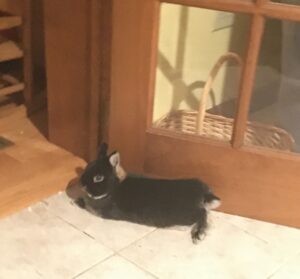
Roaming rabbit
Whether you decide to cage your rabbit or let them roam, one thing is for sure: you need to rabbit-proof the area. This means you must block all possible escape routes out of the space, as well as covering all electrical cords for safety. You may also want to cover your furniture to protect it from your rabbit’s teeth. If you care about your floors staying dry, a word of caution, rabbits love tipping food/water bowls as a means of play! Be sure to opt for heavy ceramic or metal water/food bowls preferably with a wide base.
Additionally, you’ll have to ensure your rabbits have adequate, dedicated space within their living area to go to the bathroom. Like dogs, rabbits are naturally tidy creatures and don’t want to do their business all over their living space. Choose a spot where to place your rabbits’ litter box. Most people use an open cat litter box. It should be stuffed lightly with absorbent materials such as newspaper, hay, or shredded paper. You may put hay in it at first as a hint of it being a place to hang out.
Keeping rabbits & their environment clean and safe
On the subject of helping rabbits keep clean, there’s really not a ton for you to do. Since rabbits will clean themselves on a regular basis, all you really need to do is to brush the coat during shedding season and clip their nails every few months. They don’t need baths! However, DO remember to change your rabbit’s litter box daily and clean her crate weekly to help keep her environment as clean as possible.
Finally, rabbits need to know that they can feel safe at all times. That’s why it’s important that you provide them with a dedicated hiding area within their living space. Don’t worry, it’s very easy to provide that. Just offer them an enclosed box filled with lightly-packed litter pellets or shredded paper.
Healthy Diets for Rabbit Care

Rabbits need fresh hay and water
Properly caring for a rabbit requires that you feed a healthy diet and, of course, fresh, clean water. The best diet for rabbits is a mixture of quality vegetables, pellets, and hay. Rabbits are herbivores, so they mainly eat plants. They have evolved to eat grass, leaves, flowers, and fruits.
Rabbits should have constant access to hay and fresh water.
Grass hay (Timothy) is by far and away the most important component of a rabbit’s diet. Hay is not only rich in fiber, but it stimulates rabbits’ chewing behaviors and appropriately wears their teeth. This helps prevent the buildup of plaque on the teeth and gums. Additionally, hay helps create a fuller feeling in a rabbit’s stomach that deters bun from overeating. Hay is the main staple in their diet.
Types of hay to feed rabbits include:
- Timothy hay
- Rye
- Barley
- Bahia,
- Oat
- Wheat
Good Timothy hay, which is a purely grass-based hay, is widely available to buy and is the preferred choice. Alfalfa hay is a legume hay (rather than grass-based). It’s higher in protein and calcium so is suitable for young, growing rabbits (in moderation) but is not suitable for the average adult rabbit. By young rabbits, we mean, rabbits younger than six months. Alfalfa hay may be suitable for an underweight rabbit when mixed cautiously with Timothy hay
Besides hay, rabbits also need a steady stream of green foods to be in fine fettle. In practice, this means you should try and feed your rabbits three different types of green foods each day. Greens provide a nutritious dose of vitamins and minerals rabbits need for good kidney, bladder, and GI health. Not only that, greens add a substantial amount of water to a rabbit’s diet and help prevent dehydration. However, do remember that a rabbit cannot subsist on greens alone due to their low-calorie content.
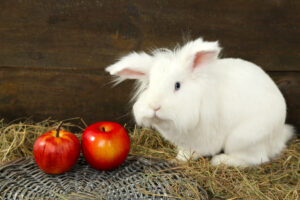
Green foods are best for your rabbit
Some of the best green foods for rabbits include:
- Leafy lettuces such as green, red, escarole, radicchio, arugula & romaine
- Herbs such as cilantro, basil, parsley & dill
- Cabbage – in limited quantities. It can easily upset the stomach.
- Dandelion greens
- Turnip greens or Collard greens
- Celery – leaves only, stalks should be fed a very limited amounts
- Broccoli – leaves only, florets cause excess gas that triggers pain.
Fruit for Rabbits?
You can also try incorporating a small amount of fruits into your rabbit’s diet as a healthier, cheaper substitute to commercial rabbit treats. Some of the best fruits to give rabbits are apples, blueberries, raspberries, and cherries. Carrots, bell peppers, and squash are also beneficial. A variety of fruit and fresh vegetables is not only nutritious, but the flavors and textures provide good mental enrichment. You may see that short list and wonder things like “Well, can rabbits eat bananas?” or “Can rabbits eat grapes?”. Yes, they can, but, they shouldn’t. To put it lightly, bananas and grapes are like catnip is to cats – they simply will not want anything else.
By this point, it may seem like most non-meat foods are good for rabbits. Unfortunately, this is not the case. Rabbits should not eat high concentrations of foods with a high starch or sugar content. This is because rabbits’ small intestines can’t digest most foods with high concentrations of carbs. This undigested food then makes its way down to the cecum, where it can encourage the growth of harmful bacteria.
Examples of foods NOT to feed rabbits include:
- Beans
- Bread
- Nuts
- Refined sugars
- Seeds
- Corn
Understanding Typical Rabbit Behavior
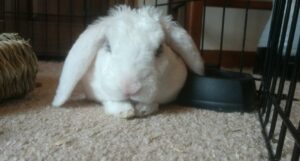
What is this rabbit thinking?
If there’s one thing you ought to know about the behavior of rabbits, it’s that they’re extremely social, curious, and playful animals. Not only do most rabbits tend to enjoy the company of other, friendly animals, but many enjoy the company of people too. However, in order to keep your rabbit as happy and content as possible, you need to make sure you’re setting them up for success.
Keeping your rabbit healthy starts by giving them ample time to exercise each day. Rabbits need between four and five hours each day to exercise and play. Unlike our dogs, however, rabbits don’t just aimlessly run around to get their energy out. Rabbits need to have their minds engaged constantly in order to not be bored. To do this, provide your rabbit with safe toys that will let them perform normal behaviors like chewing, digging, or investigating. Don’t worry, you don’t need to spend a fortune on special rabbit toys, either. Rabbits love shredded paper, cardboard boxes and paper towel rolls as much, if not more than commercially available branded toys. Trust us on this one.
To make the most of your rabbit’s playtime, it’s a good idea to take the time to learn about rabbit body language. Rabbits put their ears closer together and face them slightly backwards and outwards when they’re happy and relaxed. Relaxed rabbits may also lay down and either tuck their paws beneath them or extend them out in front or behind them. If your little bun is really happy, you’ll see them hop for joy. Literally.
Worrisome Rabbit
On the flip side, rabbits will also tell you when they’re not comfortable or worried. A worried rabbit who will often crouch down and put their head flat to the ground with their ears wide apart. If your rabbit is very scared, they may even hide from the source of their fear.
And, while it sounds implausible because of how cute they are, rabbits can and do get mad. When rabbits are angry or want you to stay away, they may turn and move away from you before flicking their feet. Angry rabbits may hold their ears against their back, upwards and outwards, or held back and lowered. If you see your rabbit stand on his back legs with his front paws raised, almost like an adora-… we mean, ferocious boxer, then you’ve got an angry rabbit on your hands. Rabbits may also thump when they’re angry.
Rabbit Socialization

Night the rabbit with his friend Max the dog.
As we said earlier: rabbits are incredibly social animals and prefer to be in the company of another animal. Rabbits who are left isolated can develop abnormal, harmful behavior and may begin to suffer if left alone for long periods of time. So, if you’re going to get a rabbit, it’s best to consider getting another friendly rabbit for company. This best pairing is to have one neutered male rabbit and one spayed female rabbit. Neutering or spaying rabbits helps reduce the chance that they will fight upon being introduced to one another.
However, just because a rabbit loves company doesn’t mean that company is always good for them, as with dogs, rabbits can develop pecking orders with their housemates which can sometimes develop into bullying. This is why it’s important to provide your rabbits with ample places to hide, as it ensures they can get away from other animals who are bothering them. Additionally, make sure to never leave your rabbits unsupervised with other non-rabbit animals; this will be stressful for them or worse…. the end of bun!!
Veterinary visits for Rabbits
Rabbits do not require a special set of vaccinations in North America like dogs or cats do. Generally speaking, keeping rabbits in tip-top condition comes down to feeding them a diet rich in roughage, getting them enough exercise, maintaining their habitats’ cleanliness, regularly grooming them, and minimizing their stress.
However, that’s not to say they don’t have their own special health considerations. Rabbits are uniquely prone to dental disease, for example. Dwarf and lop-eared rabbits, in particular, are prone to dental disorders like tooth elongation, malocclusion, and improper wear-rates on teeth. This is an area that should be inspected and evaluated at bun’s annual vet visit.
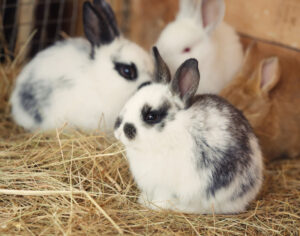
Learn the signs of rabbit illnesses.
There are four major infectious diseases commonly seen in domesticated rabbits: myxomatosis, viral hemorrhagic disease, encephalitozoonosis, and pasteurellosis. The first two have no effective treatments and, once infected they produce severe symptoms. The latter two are commonly seen in indoor pet rabbits and can be treated relatively effectively. Luckily, you can protect your rabbit against myxomatosis and viral hemorrhagic disease by getting them vaccinated!
But just because you can get your rabbits vaccinated against these diseases doesn’t mean you shouldn’t still learn the signs of illness in rabbits.
Rabbits who are ill may display any combination of the following symptoms:
- Slow, lethargic movement
- Quicker, rapid, or noisier breathing
- Refusing to eat certain foods
- Producing less stool than normal
- Producing discharge from the eyes
If you notice any of the above symptoms, take your rabbit to the vet without delay. Even if you don’t notice any of those symptoms, consider an annual checkup with your veterinarian so that you can stay on-track with bun’s well-being. This allows your vet to detect any potential problems or underlying conditions that may need further evaluation or treatment.
Of course, we probably don’t need to tell you that since you’re a responsible pet parent – otherwise you wouldn’t be reading this article. That’s why we hope you’ll stick around and continue browsing our comprehensive pet care blog. After all, there’s always more to learn.
Sure, you know a bit more about caring for rabbits, but do you know which animal can see infrared light? Well, click here to find out!..or, if you’re a dog owner, how long can your dog go without peeing?
Share this Post
Featured Post
Recent Posts
Lipomas….mysterious Lumps & Bumps on your pup…When should I worry? What should I do about them?
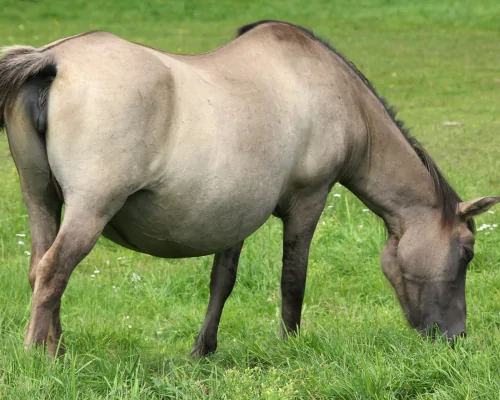
Managing the Mamas –Part 2 –The development process
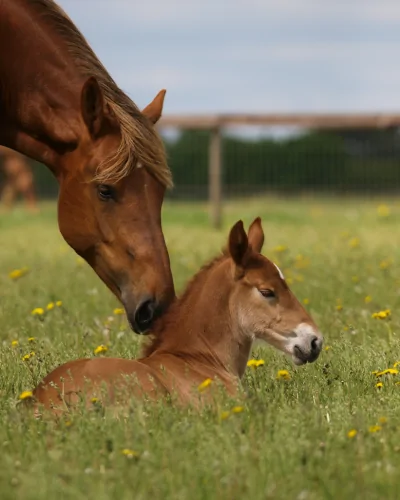
Managing the Mamas: Part 1 – Preparing to Breed Your Mare

HOW MANY TOES?? Caring for the Polydactyl Cat
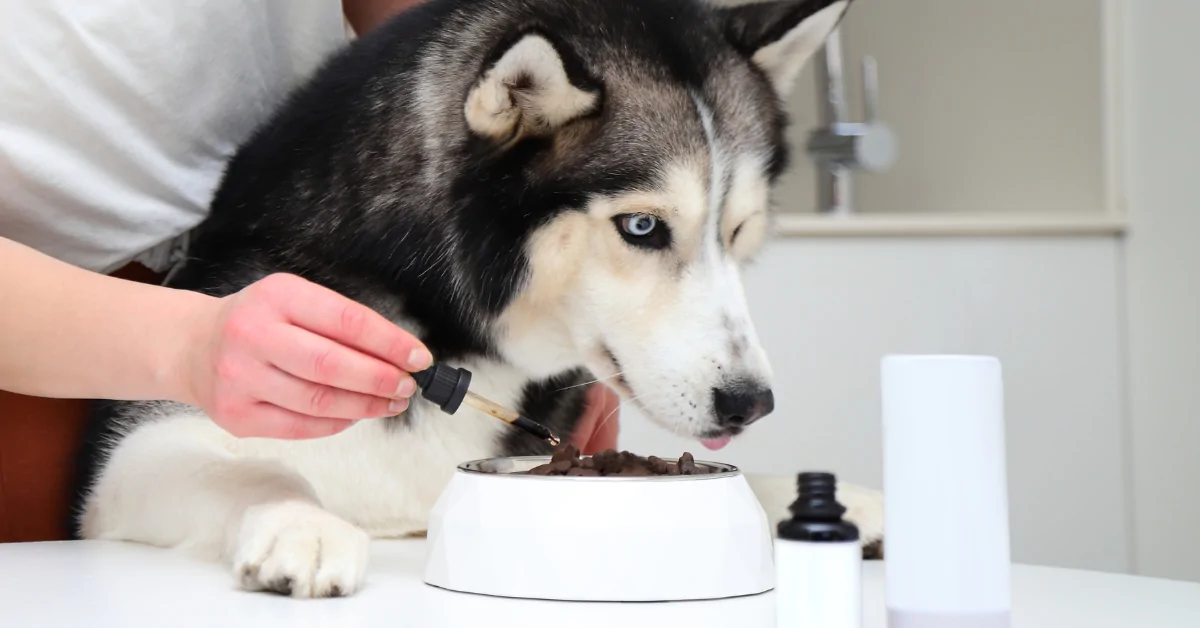
Do Dog Joint Supplements Actually Work?
